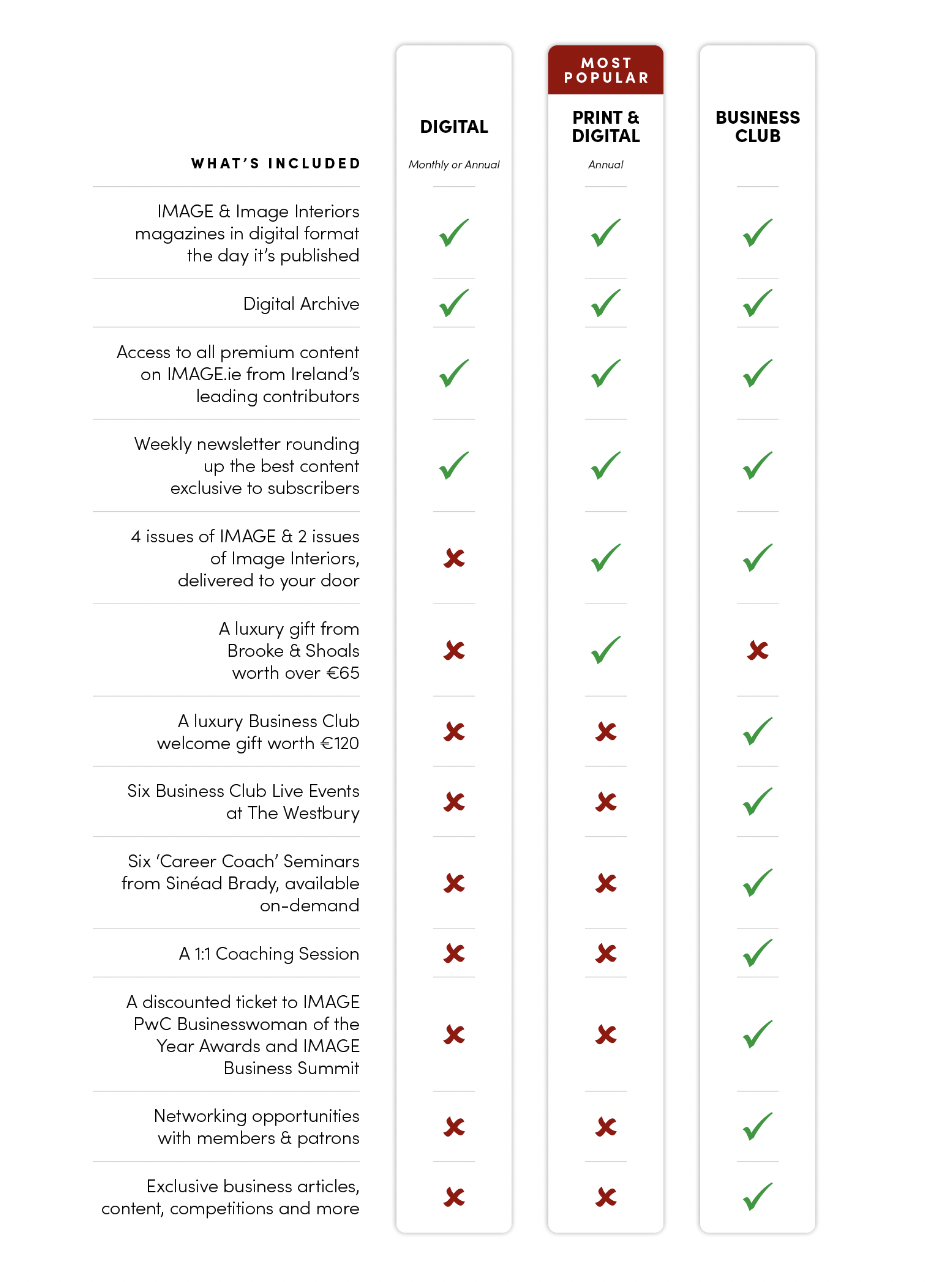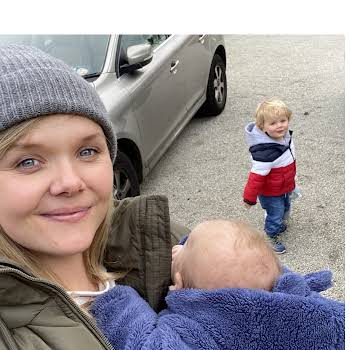
As we move into the new school year, many parents of children with ADHD will struggle to explain to new teachers or new schools exactly what it means for a child to live with ADHD. Amanda Cassidy speaks to experts and parents to create some simple understandings for those who teach our ADHD children.
Dr Russell A. Barkley is an internationally recognised expert on attention-deficit hyperactivity disorder (ADHD) and has dedicated his career to research the topic. Having published 23 books, 75 book chapters, and over 198 papers, Russell is passionate about dispelling common misconceptions and educating the world about the science of condition. First of all, it is important to know that ADHD is an issue of the brain’s executive functioning. Executive functioning controls seven different mental abilities...
You have reached a premium article.
For unlimited digital access to the stories worth paying for, subscribe now to IMAGE from just €4.99 a month
LoginSubscribe
















